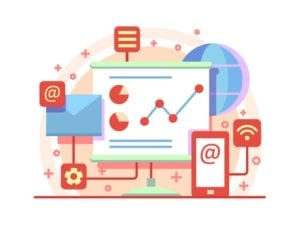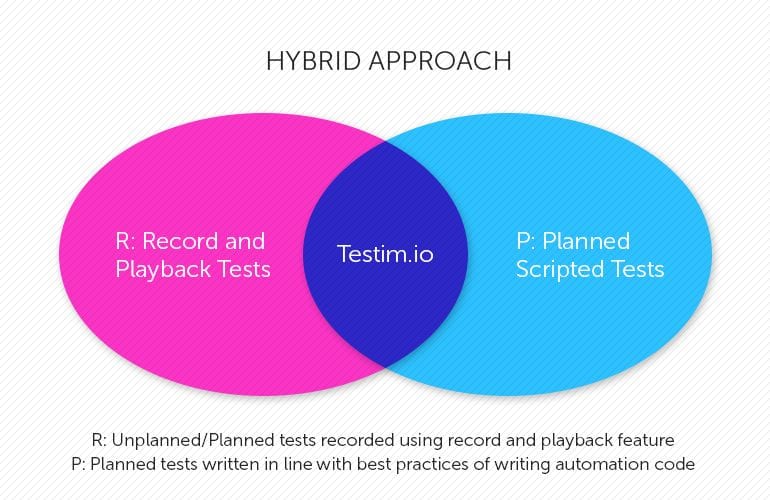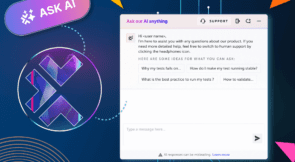When we hear the phrase “Record and Playback”, a majority of the people cringe with fear and skepticism as they relate it to primitive, unstable and flaky tests. Organizations have viewed it as a sign of vulnerability in automation and have continued to discourage teams from doing record and playback tests for many years now. The main reason for this is, it leads to-
-
- Higher maintenance of tests
-
- Lesser stability of tests as it breaks if any element changes
-
- Unclear test coverage
-
- Tests are highly coupled
This is not a new phenomenon, this has been the case for the past 20 years within which the state of automation has evolved by leaps and bounds.
I am not going to refute the above points as it is true in some cases but people fail to realize there is a time and place for everything which includes “record and playback tests”. These type of tests are valuable to-
- Do fuzz testing (a.k.a monkey testing), which involves recording large amounts of random data through vast number of valid and invalid actions/assertions and observe the application under test. This helps to uncover issues like memory leaks, unexpected crashes and helps to evaluate the system under extreme conditions that otherwise may be hard to do with normal structured automated tests.

- Perform automated exploratory testing, where the user tries out multiple scenarios and records multiple actions while simultaneously learning about the application and the tool used for automated testing.

- Help in load testing, by quickly recording a bunch of tests and simulate thousands of users concurrently performing the same set of recorded actions on the application.

- It helps to get the whole team involved in test automation irrespective of their skillsets.
Now, you may think, “Why am I highlighting the advantages and disadvantages of Record and Playback tests”? The answer is, we at Testim.io, recognized these factors and came up with a hybrid approach to solve the problems with record and playback, by building a platform based on Artificial Intelligence (AI).
Testim.io follows a hybrid approach where we give organizations and users the ability to record and playback tests; while at the same time giving the users flexibility to programmatically manipulate these recorded tests. These tasks can be performed easily using inbuilt functionalities of the platform. It also gives teams the freedom to add their own wrappers around the platform (if needed) by using Javascript and HTML.

To increase stability of tests irrespective of the way the tests are written, Testim.io uses Dynamic Locators. The AI underneath the platform in real time, analyzes all the DOM objects of a page and extracts the object trees and its properties. Finally, it decides on the best location strategy to locate a particular element based on this analysis. The more tests you run, the smarter the AI becomes in increasing the stability of the automated tests. So, even if your strategy for automation is only record and playback, re-running the recorded tests multiple times helps to make those tests stable even if the attribute of an element changes in the future. As a result, the authoring and execution of tests are much faster.
In summary, there are various approaches to test automation. Each approach has its own merits/demerits. Understanding and using the approach that makes more sense in the context of the project is crucial to help in better testing using automation tools, platforms and frameworks. As these options continue to mature, it will become all the more important to follow the hybrid approach to cater to different type of skill sets, needs and expectations of teams and organizations. Hybrid approach to testing is the new era of test automation.
Curious to see how we implement the hybrid approach? Sign up for our free trial.



